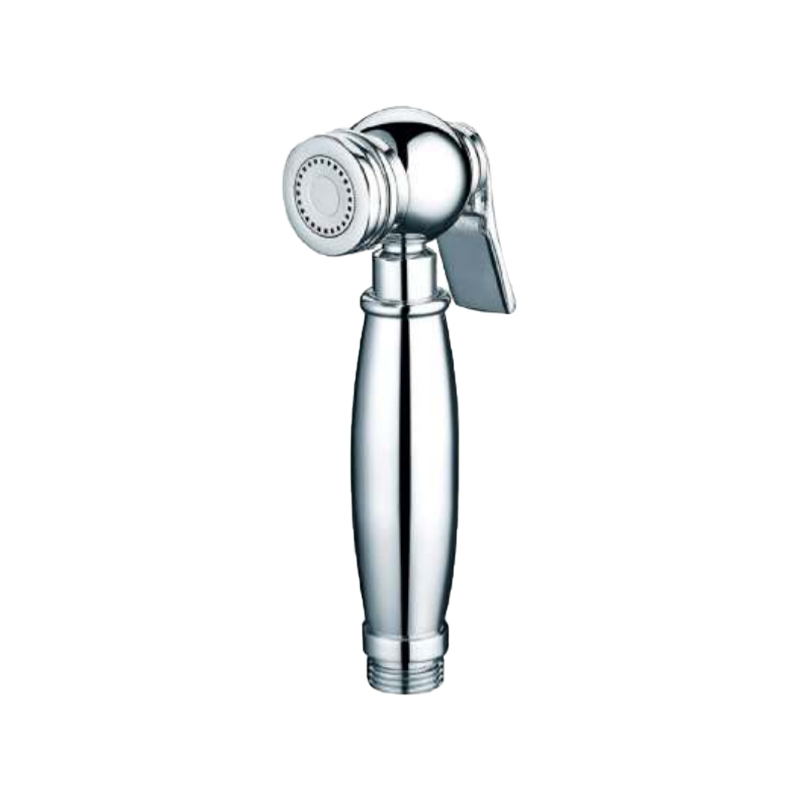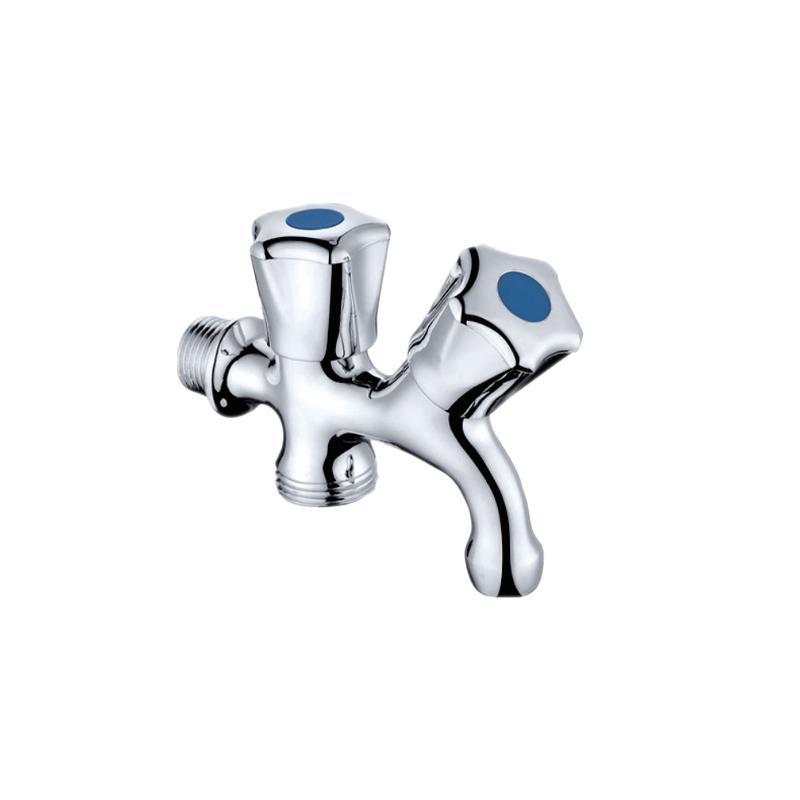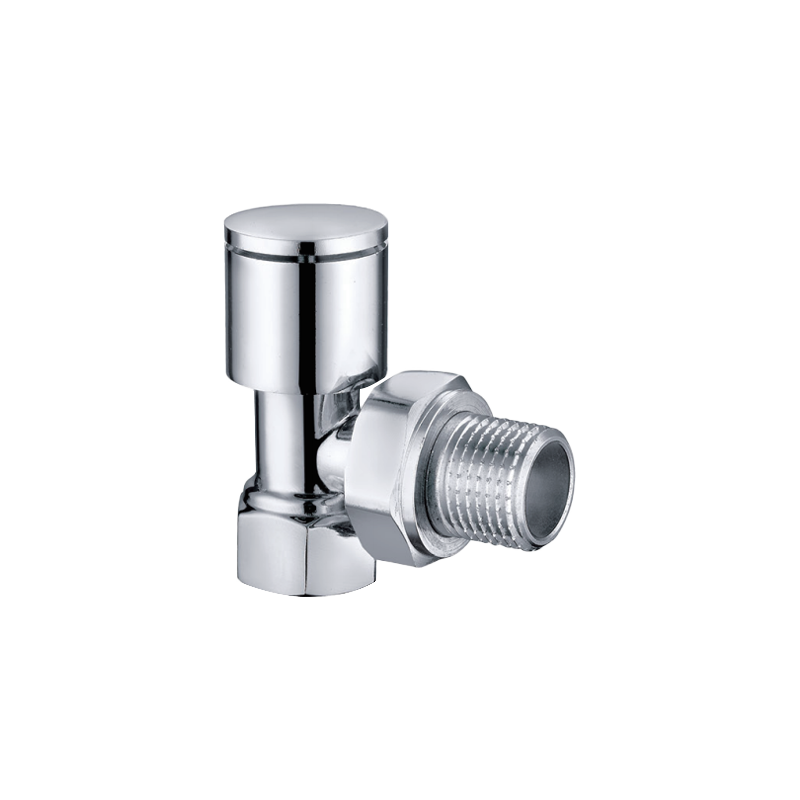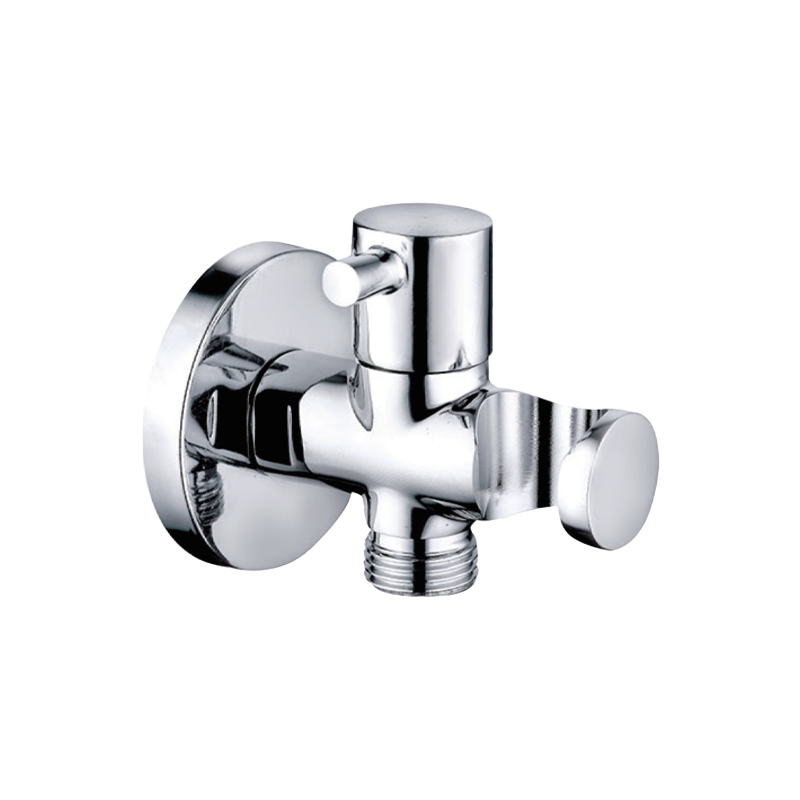Ice makers have become indispensable appliances in modern kitchens, providing a steady supply of ice for various culinary and beverage needs. Behind the scenes, an essential component called the Ice Maker Box Valve plays a vital role in regulating water flow to the ice maker. Understanding the materials used in these valves is crucial for ensuring their longevity and performance.
The Ice Maker Box Valve is a key component within the water supply system of an ice maker. It is responsible for controlling the flow of water into the ice maker, ensuring that the appropriate amount of water is dispensed and frozen into ice cubes. Ice maker valves are typically located behind or underneath the refrigerator and connect to the water supply line.
Common Materials Used in Ice Maker Box Valves
Brass: Brass is a popular material for the body of Ice Maker Box Valves due to its excellent corrosion resistance, durability, and ease of machining. It is commonly used for the valve housing and various internal components. Brass valves are known for their long service life and resistance to mineral deposits that can accumulate in water lines.
Stainless Steel: Stainless steel is often employed for valve components, especially those exposed to water flow. It provides exceptional resistance to corrosion and rust, making it an ideal choice for ensuring the purity and cleanliness of the water supply to the ice maker.
Rubber or Silicone: Rubber or silicone materials are used for the seals and gaskets within the valve. These elastomers create a watertight seal and help prevent leaks. They also offer resistance to temperature variations and chemicals present in the water supply.
Plastic: Some Ice Maker Box Valves feature plastic components, such as the handle or knob used for manual control. Plastic components are lightweight, cost-effective, and offer good resistance to moisture. However, they are often reinforced with other materials for added strength.
Copper: Copper is occasionally used for internal components within the valve. Copper tubing or connections can ensure a consistent and smooth water flow, which is crucial for ice production. Copper is also known for its excellent heat conductivity.
Benefits of These Materials
Understanding the materials used in Ice Maker Box Valves is essential for appreciating their advantages:
Corrosion Resistance: Brass and stainless steel are corrosion-resistant materials that prevent rust and mineral buildup. This ensures the valve's durability and longevity, even in environments with hard water.
Durability: The combination of materials like brass, stainless steel, and rubber ensures the valve's durability, making it capable of withstanding the constant use and water exposure that ice makers demand.
Watertight Seals: Rubber and silicone seals are essential for maintaining a watertight connection, preventing leaks and ensuring a consistent water supply to the ice maker.
Clean Water Supply: Stainless steel and other materials used in Ice Maker Box Valves help maintain the purity and cleanliness of the water supply. They are non-reactive and do not introduce contaminants into the water.
Ease of Use: Plastic components, like handles or knobs, provide user-friendly operation, allowing for manual control of water flow to the ice maker.
Environmental Considerations
As environmental consciousness grows, so does the emphasis on eco-friendly materials and sustainable practices in manufacturing. Ice Maker Box Valves can be designed with environmental considerations in mind:
Recyclability: Some valve components, particularly those made of brass or stainless steel, can be recycled at the end of their service life. This reduces waste and lessens the environmental impact.
Eco-Friendly Coatings: Manufacturers may employ eco-friendly coatings or treatments to enhance the materials' environmental performance and reduce the use of harmful chemicals.
Energy Efficiency: The materials chosen for Ice Maker Box Valves can contribute to the energy efficiency of the ice maker as a whole, which aligns with the broader goal of reducing energy consumption in appliances.

 English
English 中文简体
中文简体


.png)




